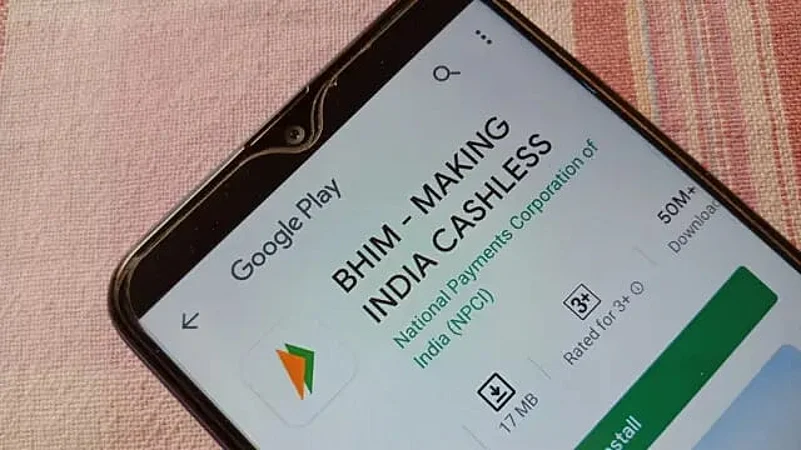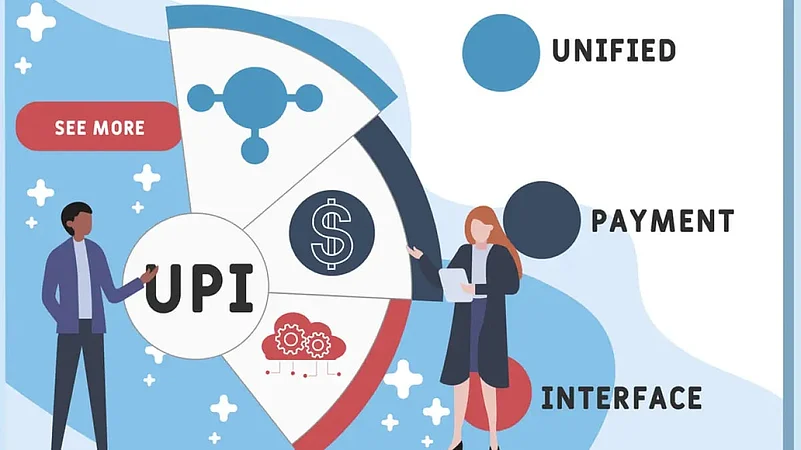In financial year (FY) 2021-22, payments worth $1.09 trillion or approximately Rs 83.45 lakh crore were processed through the Unified Payments Interface (UPI). In March 2022, UPI achieved another significant milestone—it processed 5.04 billion transactions for the first time, according to the National Payments Corporation of India (NPCI).
The astounding success and popularity of UPI has been possible due to the Reserve Bank of India’s vision, NPCI and several fintech companies that leveraged UPI’s technology to build their apps over it.
“UPI has crossed a big milestone by crossing the $1-trillion mark in transactional value in the last financial year. The pandemic acted as a catalyst in the last two years. Both the volume and value of UPI transactions have doubled in a year’s time, which is testimony to its success in India. It is also indicative of India’s receptiveness to digital financial interventions and sets a firm foundation for further similar initiatives,” said Dilip Modi, founder, Spice Money, a fintech company with a rural India focus.
"This consistent growth in UPI transactions is also indicative of the fact that Indian consumers are becoming more open to online payments. This development, coupled with the increasing penetration of smartphones, rising income levels as well as constant push from the government and regulators indicates that the market is ready for the next stage of growth of UPI adoption. Thanks to UPI, businesses have been able to launch and offer financial services products that are reliable, and responsive, said Akash Sinha, Co-Founder & CEO, Cashfree Payments, a payment and API banking solutions company.
Why Is UPI So Popular In India?
1. Convenience: This is the No.1 reason for UPI’s success. With UPI people don’t have to remember long bank account numbers or the Indian Financial System Code (IFSC) or Mobile Money Identifier (MMID) or any other detail. Simply remembering the name of the person and their linked phone number is enough. Users also need not download multiple apps since UPI works regardless of the payment service provider (PSP) app the merchant or their friends have.
“Acceptance at a huge number of merchant locations with easy, rapid, and frictionless payments, including the use of QR codes, is another critical aspect in UPI’s massive size. The growth is bound to accelerate further through NPCI’s new innovative features like AutoPay and Prepaid vouchers,” says Manoj Chopra, head-innovation and product development, Kiya.ai, a fintech company that provides digital solutions.
2. Faster Execution: Earlier, before UPI was introduced (in 2016), the options available to transfer money were Net banking or mobile banking or through the bank branch. While the payment methods were easy, they took considerable time and involved many formalities or processes. One had to enter the customer ID, mobile banking ID, password, details of the transaction and the MMID if applicable, and then the IMPS transaction would be registered. In contrast, the UPI process is shorter—you just need to set a login PIN (app-specific) and a UPI PIN (interoperable).
"Payments have become easy, real time and frictionless since they are available 24*7. Since UPI is linked to a bank account– there is no need for a separate wallet account. Transactions can happen through your existing bank account itself. Given the interoperability of UPI customers can use any bank app or third party apps," added Chopra.

3. Easier Refunds For Failed Transactions: For transaction failures, NPCI has devised a system through which a failed transaction is automatically reversed if money has been deducted but not credited to the recipient within one hour. While the refund in such cases takes a maximum of one hour, users can contact their bank in the rare cases when this does not happen.
4. Cross Operability Of Authentication: The UPI transaction PIN is the same regardless the UPI PSP app. This means that once the PIN is set while setting up UPI for the bank account, it remains the same regardless of the app that the user has, i.e. Google Pay, PhonePe, Bhim or others. This has eliminated the need to remember the PINs for separate apps.
5. Works With Any Device: The UPI service can be accessed in more than one way and even by people who do not use a smartphone. The RBI recently launched the UPI 123 service, which works fully offline. All one needs is a phone with calling functionality. The USSD code (*99#) based UPI service also does not require an internet connection.
"Initiatives such as UPI Lite aims to encourage small-ticket offline digital payments, and UPI123Pay allows transactions to be done through feature phones without an internet connection will further the reach of the digital payments ecosystem," added Modi.
What Makes UPI Work Smoothly
The UPI system is dependent upon the equal functioning of four intermediaries.
Remitter Bank: This is the bank of the person who is initiating the money sending transaction
Remitter PSP: The payment service provider is the UPI app that the person who initiates the transaction uses
Beneficiary Bank: The bank of the person receiving the money from the remitter
Beneficiary PSP: The recipient’s UPI app.














